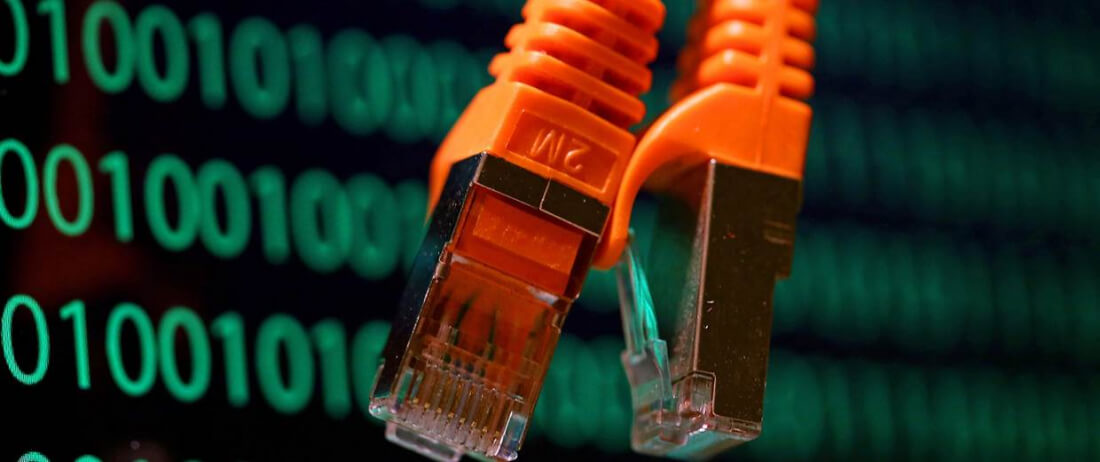With the growth of cellphones, tablets, and the Internet of Things (IoT), IPv4 addresses are scarce. This scarcity doesn't come as a big surprise, of course. According to a gist published on GitHub by Next Generation MITnet, the future shortage was foreseen in 1990. It was at that point that internet researchers began planning a replacement for the current addressing standard called IPv6. Specifications for the new protocol were officially defined and copyrighted in 1998.
The current system only allows for 4 billion IP addresses, and with almost everything we touch Nowadays being connected to the internet, we are surpassing that limit. The shortage is not only caused by IPv4's limited number of addresses, but also by hoarding.
According to Network World, some institutions, including MIT, have held on to blocks of IP addresses for their own use. Some of these IPs are only just now becoming available in "secondary markets." However, MIT has found itself with a surplus of 14 million IPs that it has not used and has decided to sell about 8 million directly, according to the gist.
While companies, institutions, and internet providers are rapidly adopting the new standard, many companies are in need of IPv4 addresses while they upgrade to IPv6. In fact, the whole reason that MIT has decided to sell off its surplus is to help fund its upgrade to IPv6. MIT Provost Martin Schmidt and Vice President/Treasurer Israel Ruiz did not announce a price for address blocks, but Network World reports that Amazon has bought up an undisclosed number of the addresses MIT has made available.
The number of addresses available under IPv6 will be 340 x 10^36, so address shortages should not be a problem for the foreseeable future. However, MIT is not taking any chances. Schmidt and Ruiz already claim to be holding 20 x 10^30 IPs for the school. It seems that even with 340 undecillion addresses, the Institute is still going to plan on another shortage of internet real estate.
Image credit NBC News
